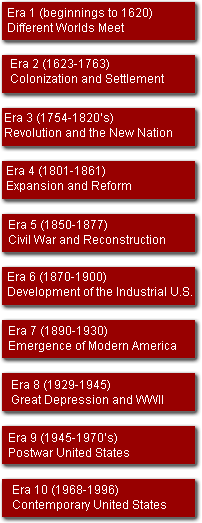 |
 |
|
|
 |

ERA 10 HIGHLIGHTS IN NEW
HAMPSHIRE: politics, taxes, the environment, industry, tourism, law
and order, change, local rule, Seabrook, presidential primary, electronic
communication's effects
New Hampshire's image Conflicts and struggles arose between those who had political power and those who wanted it, between those for and against specific issues such as the Vietnam War or broad-based taxes, between environmental concerns and industrial interests, between those who hold on to the old ways and those who welcome the new, between the maintenance of and challenges to law and order. These express the essence of Era 10. Conflict between local rule versus large industrial and commercial interests was tested when the town of Durham successfully fought off an attempt by Governor Meldrim Thomson and Aristotle Onassis to build an oil refinery on Durham Point in 1974. Another battle, the building of the Seabrook nuclear power plant, was fought by many of the same people, but this time the plant was built. In politics, no matter what
the election, taxes maintained a high profile as a pivotal recurring issue.
The first-in-the-nation Presidential Primary ensured a place in the national
media for New Hampshire every four years. Candidates traveled the state,
meeting voters in stores, town meetings, diners, on the street, and in
The electronic communications
revolution reduced the relative and real-time distance between the residents
of rural farmhouses, city apartment dwellers, and the rest of the world.
Old values and ways
Change and a mobile population loosened community cohesion. Paradoxically, a counter-force to community disruption was the determination of people to escape what they saw as the ills of large-scale urban living and to build ties in more manageable environments such as New Hampshire. In another apparent paradox,
economic and technological change in the context of global and regional
events parlayed into a more ethnically and culturally diverse demographic
landscape even while
The computer and other electronic communications now make another series of changes possible in the state. People can live in remote areas while working and talking to their colleagues and counterparts all over the world via high-tech channels. The social, cultural, and economic results remain to be seen. More than ever, the state is tied to the fate of the larger whole, yet the tourist industry and media cling to an image of old values and semi-secluded quaintness. Evidence arguing against New Hampshire's untouched quaintness shows that New Hampshire is more industrialized than Vermont, another state that banks on its country image. According to the census in 1990, 51.6% of New Hampshire lived in urban areas. |